Classic Board Games: A Tapestry of Strategy, Culture, and Fun


Explore a diverse range of classic board games from around the world. From the strategic depths of Go to the letter-based challenges of Scrabble, these games provide a glimpse into different cultures and historical contexts, while offering endless entertainment and mental stimulation.
Go (Baduk): A Game of Ancient Strategy
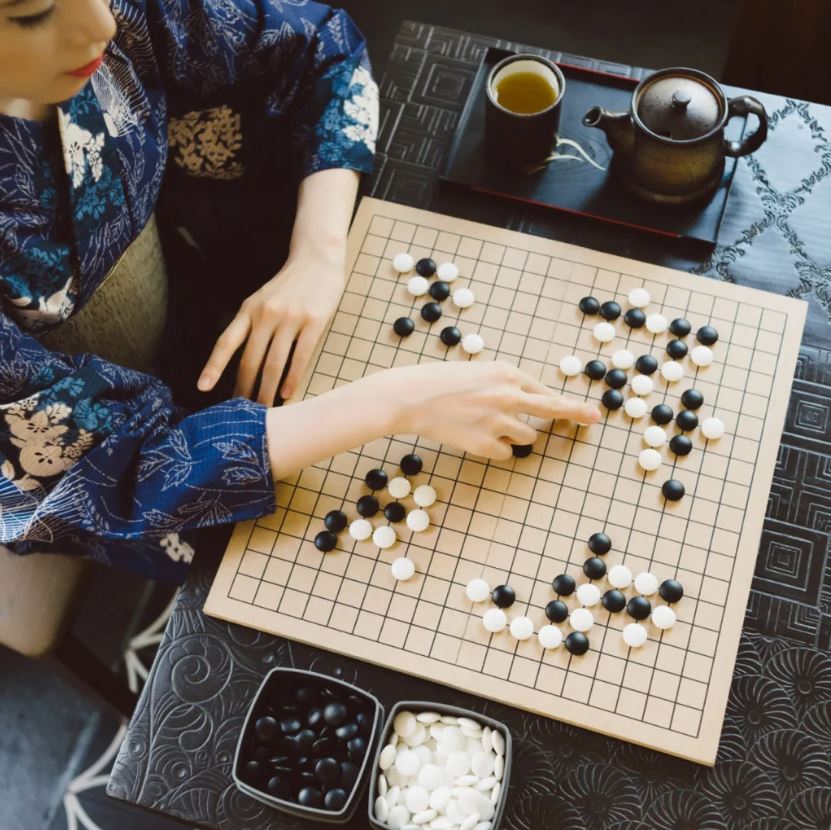
Go, also known as Baduk in Korea and Weiqi in China, is one of the oldest board games that is still played today. Historical records show that the game has been played for over 4,000 years, originating in China and later spreading to Korea and Japan. Go is renowned for its simplicity in rules but its depth in strategy, as it involves only two types of moves: placing stones on a 19×19 board and capturing enemy stones by surrounding them completely.
Key Elements of Go:
- Board: Uses a 19×19 grid, although beginners may start with smaller sizes like 9×9 or 13×13.
- Objective: To control more territory on the board than your opponent.
- Stones: Played with black and white stones, each player uses one color.
- Rules: Simple yet profound, where players alternate placing stones on the board, aiming to capture territory and restrict the opponent’s stones.
The deep strategic elements of Go have earned it a respected place in East Asia, influencing various aspects of culture and thought. In Japan, Go was historically a pursuit of the elite, with professional schools and a four-tiered ranking system developed during the Edo period.
Impact on Cognitive Research and Artificial Intelligence:
- Cognitive Development: Studies have shown that playing Go can help improve problem-solving skills, strategic thinking, and cognitive flexibility.
- AI Milestones: Go has been a significant milestone in AI development. In 2016, Google DeepMind’s AlphaGo defeated world champion Lee Sedol, a groundbreaking achievement demonstrating AI’s ability to tackle complex strategic problems.
For those interested in learning more about Go or enhancing their playing skills, the Gomagic site offers a wealth of resources:
- Discover the game’s rules and strategies here.
- Challenge yourself with Go problems to improve your level here.
- Explore video courses with interactive elements suitable for players at all levels here.
Go’s combination of simple rules and deep strategy not only makes it an engaging game, but also a valuable tool for education and research. The game’s relevance has stood the test of time, both historically and in modern contexts. Regardless of your level of experience, Go provides endless opportunities for learning and mental stimulation.
Chess: The Universal Game of Kings

Chess, often referred to as the “game of kings,” has a rich history that dates back approximately 1,500 years. It originated in India as Chaturanga before the 7th century and spread to Persia, where it transformed into the game known as Shatranj. It later evolved into the modern version we know today, making its way through the Islamic world and eventually reaching Europe.
Key Historical Milestones:
- 6th Century: Originated in India.
- 7th Century: Spread to Persia and became known as Shatranj.
- 15th Century: Modern rules developed in Spain and Italy.
The global popularity of chess has established its status as a symbol of strategic thinking and intellectual excellence. It is not just a game, but a complex exercise in problem-solving and strategic planning. Chess is recognized as a sport by the International Olympic Committee and has professional players and competitions worldwide, including the prestigious World Chess Championship.
Impact on Strategic Thinking:
- Cognitive Skills: Chess players often exhibit higher levels of spatial reasoning and cognitive abilities.
- Decision Making: Regular practice can improve a player’s decision-making skills across different areas of life.
- Educational Tool: Many schools around the world incorporate chess into their curriculum in order to help students develop critical thinking skills.
Classic Chess Tournaments:
- World Chess Championship: The pinnacle of professional chess competitions.
- Chess Olympiad: A biennial team event that garners participation from over 150 countries.
- Candidates Tournament: Determines the challenger for the World Chess Championship.
The intricate strategies and competitive nature of chess have made it a beloved intellectual sport. The endless complexities and variations in play ensure that no two games are the same, making it an enduringly appealing game. Whether played casually in parks or competitively in grand tournaments, chess continues to be a test of mental agility and tactical prowess.
Mancala: Seeds of Strategy
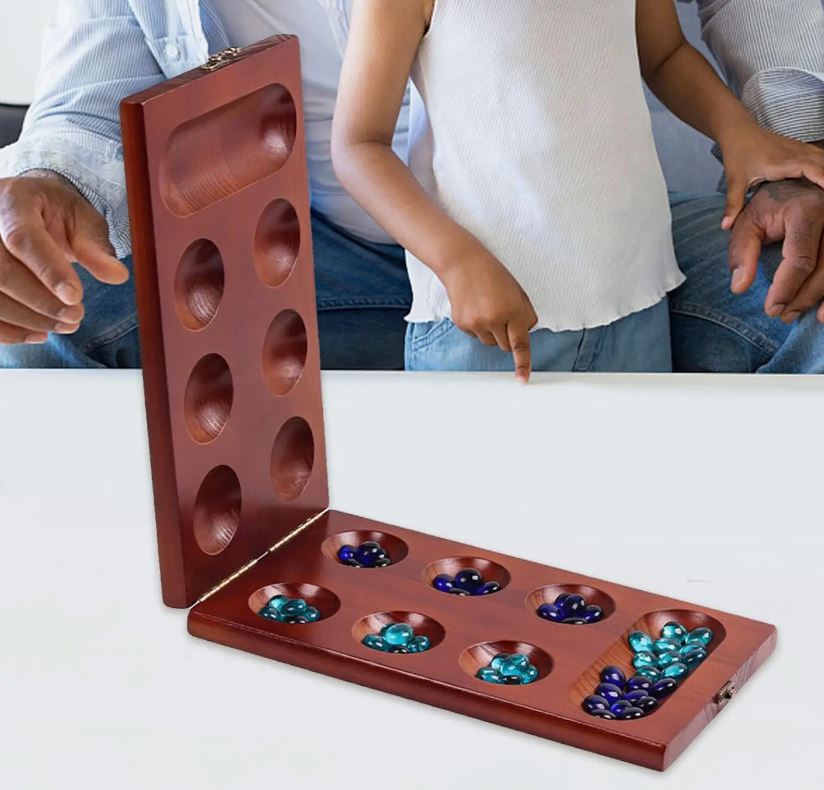
Mancala is an ancient board game that has its roots in Africa and Asia. It is a family of games that are played all over the world, and each game involves the strategic movement of small objects such as stones, beans, or seeds around a board with pits.
Historical and Cultural Roots:
- Origins: Evidence suggests Mancala originated in Africa as far back as the 6th or 7th century AD.
- Spread: The game spread throughout Africa and Asia via trade routes, with variations developing in each region.
- Cultural Significance: Often more than just a game, Mancala is used in various cultures as a tool for teaching arithmetic and strategic thinking.
- Gameplay Mechanics:
Mancala games typically involve a board that has two rows of holes, and players place multiple seeds or stones into these holes according to a set of rules. These rules can vary widely depending on the specific version of the game, but they all share the common feature of requiring a high level of strategic thinking.
- Objective: The typical goal is to capture more pieces than your opponent.
- Turns: Players take turns sowing seeds from a pit, distributing them one by one into subsequent pits.
- Strategy: The game requires foresight, planning, and the ability to predict opponents’ moves.
Popular Variants:
- Kalah: Common in the Western world, involving a simple set of rules perfect for beginners.
- Oware (Ghana): Known for its complex strategy, it is played widely across Africa.
- Congkak (Southeast Asia): Noted for its beautifully decorated, boat-shaped boards.
Mancala, with its simple yet profound gameplay mechanics, has become a cherished game in many cultures. The emphasis on counting and strategy in this ancient game can provide cognitive benefits such as improved problem-solving skills and foresight. Crafted from natural materials and rich in cultural tradition, this ancient game continues to be enjoyed by people of all ages around the globe, offering a tactile and engaging experience.
Mahjong: The Quintessence of Chinese Tradition

Mahjong is an integral part of Chinese culture and social life. It has been around since the Qing dynasty and has evolved from a card game to a tile-based one during the 19th century. It has become very popular in China and has spread to other parts of the world.
Development and Cultural Role:
- Origins: Believed to have developed in the provinces of Jiangsu, Anhui, and Zhejiang.
- Popularization: Became popular across China in the early 20th century, with the game’s reach extending to Western countries by the 1920s.
- Social Significance: Often played during social gatherings, festivals, and family reunions, serving as a tool for social bonding and entertainment.
- Basic Rules and Variations:
Mahjong is a game played with a set of 144 tiles that are based on Chinese characters and symbols. Each player begins with 13 tiles and the goal is to create a legal hand by collecting and discarding tiles in a specific order.
- Objective: To form four melds (a specific combination of three tiles) and one pair, then declare “Mahjong.”
- Gameplay Dynamics:
- Drawing Tiles: Players draw tiles from a wall in clockwise order.
- Forming Melds: Combinations can be a “pung” (three identical tiles), a “chow” (a straight sequence of three tiles), or a “kong” (four identical tiles).
- Scoring: Points are awarded based on the rarity and difficulty of the hand formed.
Popular Variations:
- Cantonese Mahjong: The most traditional version, popular in Hong Kong and parts of Guangdong.
- Sichuan Mahjong: Known for its absence of chow hands and fast-paced play.
- American Mahjong: Incorporates jokers and “Charleston,” a pre-game exchange of tiles.
Mahjong’s complexity and strategic depth make it a beloved game that has stood the test of time. It is not just a game, but also a reflection of Chinese philosophy and culture, emphasizing the importance of balance, patience, and strategy. The game continues to evolve with numerous regional variations that preserve the core essence of mahjong while adapting to different preferences. These variations add to the richness and diversity of the game, making it even more interesting for players from different backgrounds.
Backgammon: A Race of Luck and Strategy
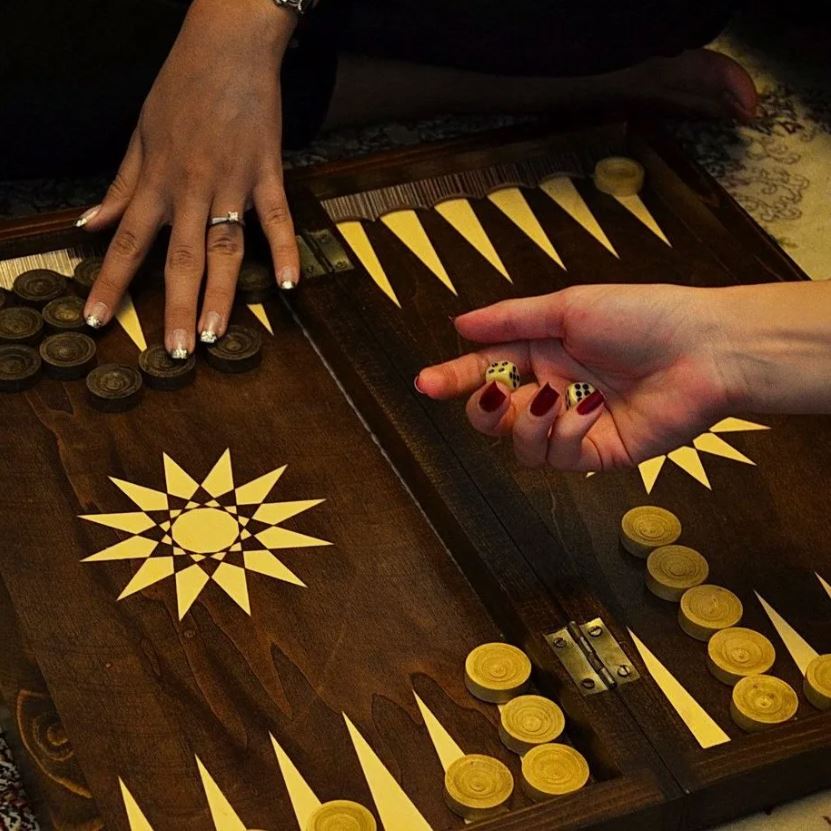
Backgammon, one of the oldest board games known, has its origins over 5,000 years ago in ancient Persia. The game’s enduring popularity is evidenced by the discovery of sets in archaeological sites across the Middle East, including the Burnt City of Iran, which dates back to around 3000 BCE.
Historical Overview:
- Origins: Thought to have originated in the ancient Mesopotamian region, with evidence of the game found in Iran from as early as 3000 BCE.
- Spread: The game evolved over centuries, with versions of it appearing in Ancient Rome, Byzantine Empire, and eventually medieval Europe.
- Modern Era: Formalized rules developed in the 17th century, and the doubling cube was introduced in the 1920s in the United States, adding deeper strategic layers to the game.
- Key Strategic Elements:
Backgammon is a game that combines elements of chance and strategic thinking. Two players take turns moving their pieces around the board, based on the outcome of dice rolls. The goal is to eliminate all of your opponent’s pieces before they eliminate yours.
- Setup: Each player starts with 15 checkers placed on specific points on the board, which is divided into four quadrants.
- Movement: Players roll two dice to determine how many points they can move their checkers. Checkers move on a track from the opponent’s home board to the player’s home board.
- Hitting and Entering: Checkers landing on a point occupied by a single opponent’s checker can hit it, sending it to the bar, from where it must re-enter into the opponent’s home board.
- Doubling Cube: Used to raise the stakes of the game, allowing players to double the points for which the game is played, adding a gambling element and a test of nerve.
Endgame Strategy:
- Bearing Off: The phase where players remove their checkers from the board, requiring both strategic planning and luck with dice rolls.
- Blocking and Holding: Advanced strategies involve blocking the opponent’s checkers from advancing and holding positions strategically to hamper the opponent’s game.
Backgammon, a blend of chance and strategy, has contributed to its popularity, making it an engaging game for both casual players and those who enjoy strategic thinking. Its historical significance adds to its appeal, offering a glimpse into the game’s development and its influence on different cultures throughout history. Whether played casually in a park or competitively in tournaments, backgammon remains a test of foresight, tactical thinking, and probability.
Shogi (Japanese Chess): A Dynamic Battleground
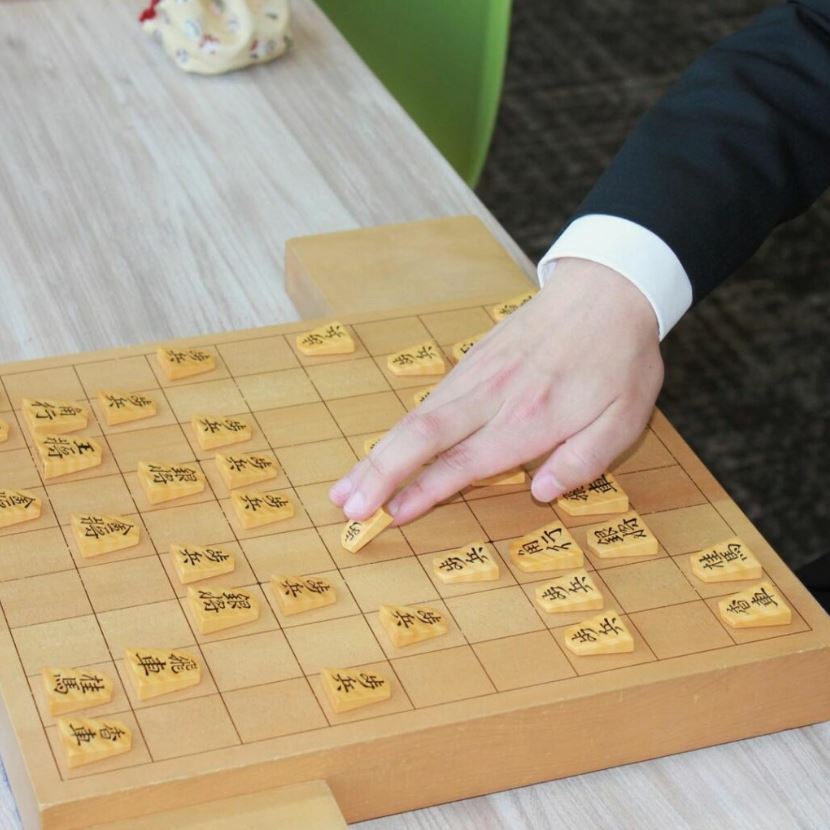
Shogi, also known as Japanese chess, is a strategic board game that has some similarities to international chess, but also has unique gameplay features that make it stand out. Originating in Japan in the 16th century, shogi has become a deeply strategic and dynamic game that is cherished in Japanese culture and is also gaining popularity in the West.
Introduction to Shogi and Its Unique Features:
- Board and Setup: Shogi is played on a 9×9 grid, larger than the 8×8 Chess board, with each player starting with 20 pieces of various types.
- Piece Promotion: Most pieces can be promoted upon reaching the opponent’s territory, changing their movement capabilities.
- Reintroduction of Captured Pieces: Players can reintroduce captured pieces as their own, significantly altering the course of the game.
Shogi’s Cultural Significance in Japan:
- Professional Play: Shogi boasts a professional league system in Japan, including ranks and titles, with professional players revered much like top athletes.
- Educational Tool: Shogi is often used as an educational tool to develop strategic thinking and concentration among children.
- Cultural Icon: The game is a staple in Japanese media and literature, reflecting traditional Japanese values of strategy, patience, and respect.
Increasing Popularity in the West:
- Global Competitions: International Shogi tournaments and cultural exchange programs have contributed to its rising popularity outside Japan.
- Online Platforms: The availability of online Shogi platforms allows enthusiasts from around the world to learn and play remotely.
- Cross-Cultural Appeal: Western players are drawn to Shogi’s complexity and the unique “drop” rule, enriching their strategic gameplay experience.
The appeal of shogi lies in its depth of strategic thinking and the dynamic nature of the game, which ensures that no two games are ever exactly the same. The combination of its traditional roots and modern competitive spirit make it a fascinating exploration of the intersection of culture, intelligence, and entertainment.
Othello (Reversi): A Minute to Learn, A Lifetime to Master

Othello, also known as Reversi, is a strategic board game that has captivated players around the world with its simplicity and complexity. It was patented in 1971 by Goro Hasegawa and quickly became a global phenomenon, thanks to its slogan “A minute to learn, a lifetime to master”.
The Modern Invention of Othello:
- Inventor: Goro Hasegawa, a Japanese salesman, redesigned the earlier game Reversi with unique starting positions and patented it as Othello.
- Naming: The game was named after the Shakespearean play, reflecting the drama and complexity of flipping fortunes, much like the plot twists in Othello’s story.
Quick Strategic Gameplay:
- Board and Play: Othello is played on an 8×8 grid with 64 identical discs that are white on one side and black on the other.
- Objective: Players aim to have the majority of their color discs facing up by the end of the game by flipping their opponent’s discs.
- Gameplay Dynamics:
- Starting Position: The game starts with two black and two white discs in the center in a diagonal position.
- Movement: Each player places a disc, capturing the opponent’s line of discs between the new disc and another disc of their own color.
- Strategy: Positioning and anticipatory skills are crucial as players aim to control the board and limit the opponent’s mobility.
Popularity in Competitive Circles:
- World Championships: The World Othello Championship has been held annually since 1977, gathering participants from over 30 countries.
- Community: A robust global community with clubs, online platforms, and regional tournaments encourages ongoing engagement.
- Skill Development: Competitive play focuses on strategic depth, with players developing sophisticated tactics to manage space and manipulate opponent moves.
Othello’s simple rules and complex strategy offer an intriguing challenge that keeps it popular among competitive board gamers. Its fast-paced gameplay and dramatic changes mirror the strategic thinking and planning that appeals to both casual fans and serious strategists.
Checkers (Draughts): Strategic Simplicity

Checkers, also known as Draughts, is a classic board game with ancient roots that can be traced back to the civilizations of Mesopotamia around 3000 BC. This simple but strategic game has remained popular over time thanks to its easy-to-understand rules and endless strategic possibilities.
Ancient Origins and Enduring Popularity:
- Historical Beginnings: Archaeological finds suggest early versions of Checkers existed in ancient Mesopotamia and Egypt, evolving independently across various cultures.
- Global Spread: The game was modernized in 12th century France, with further rules developed in Spain and England, spreading throughout Europe and later to America.
- Cultural Impact: Checkers has been a staple in homes worldwide, known for its simple setup and inclusive play, making it popular among players of all ages.
Game Variants and Strategic Depth:
- Standard Rules: The game is played on an 8×8 board with each player starting with 12 pieces positioned on the dark squares.
- Objective: To capture all of the opponent’s pieces or block them so they cannot move.
- Variants:
- International Draughts: Played on a 10×10 board with flying kings that move across multiple squares.
- Brazilian/Portuguese Draughts: Played on an 8×8 board but kings can move and capture over long distances.
- Canadian Draughts: Played on a 12×12 board, adding complexity and strategy.
- Turkish Draughts: Played on an 8×8 board but pieces move diagonally and capture vertically and horizontally.
Strategic Elements:
- Forced Captures: If a player can make a capture, they must, which adds a layer of strategy in planning multiple moves ahead.
- King Pieces: When a piece reaches the far side of the board, it is crowned a king, gaining the ability to move backward and capture, significantly shifting the game dynamics.
- Endgame Strategy: Skilled players leverage advanced tactics in the endgame to manipulate positioning and force opponent errors.
Despite its simple rules, Checkers requires a deep strategic approach, especially in matches between skilled players where the mental battle can become highly psychological. The combination of simplicity and depth ensures that checkers remains a popular game in both competitive and casual settings.
Xiangqi (Chinese Chess): Strategic Richness in Ancient War
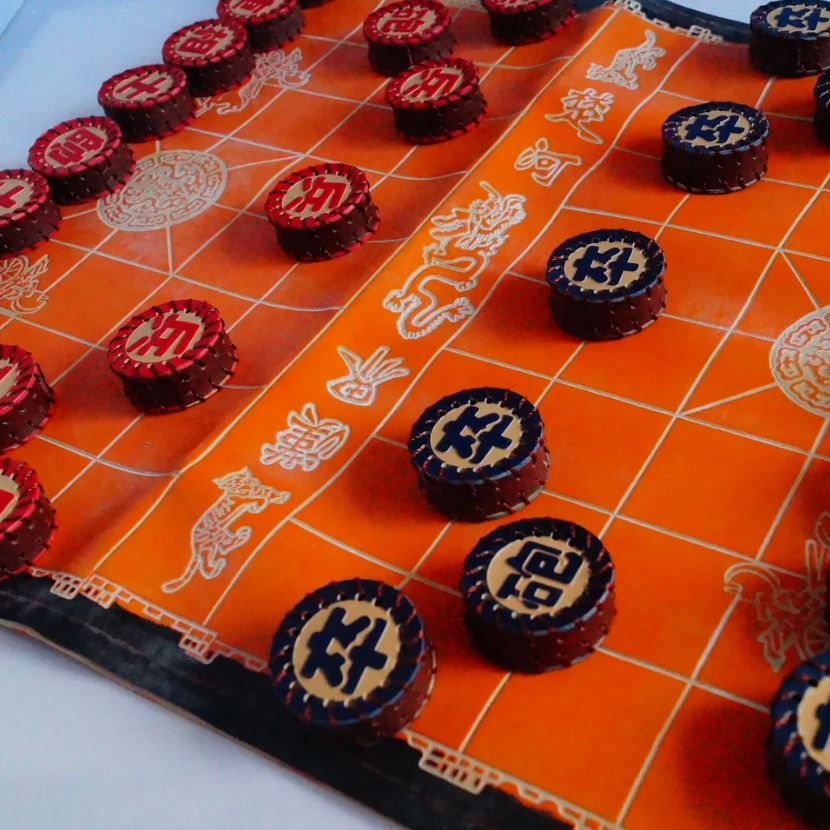
Xiangqi, also known as Chinese chess, is a strategic board game that has been enjoyed for centuries in China. The game reflects traditional Chinese military tactics and has become an integral part of Chinese culture, encapsulating the tactical thinking of ancient Chinese military leaders.
Introduction to the Rules and Pieces of Xiangqi:
- Board Setup: Xiangqi is played on a 9×10 board divided by a river in the middle, distinguishing the two opposing sides.
- Key Pieces:
- General (King): Moves one square vertically or horizontally inside the palace.
- Advisors: Move one point diagonally and are confined within the palace.
- Elephants: Move exactly two points diagonally and cannot cross the river.
- Horses: Move similarly to knights in international chess but can be blocked.
- Chariots: Move any number of squares along a row or column, similar to rooks.
- Cannons: Move like chariots but capture by jumping over exactly one piece.
- Soldiers: Move and capture by advancing one square forward, crossing the river allows horizontal movement.
- Objective: To checkmate the opponent’s general.
Cultural and Historical Importance of Xiangqi in China:
- Historical Roots: Xiangqi’s origins trace back over 1,000 years, with its current form being played since the 10th century.
- Reflection of Strategy: The game’s pieces and movements are designed to reflect Chinese military strategy, with each piece representing different elements of ancient Chinese armies.
- Cultural Significance: Xiangqi is more than a game in China—it is a cultural heritage that is played across all ages and is a popular pastime during festivals and gatherings.
- Educational Tool: Traditionally, it has been used as a tool to teach strategic thinking and war tactics.
Xiangqi’s enduring popularity is due to its depth of strategic thinking, which requires not only tactical skills but also a strategic foresight. The game remains an integral part of Chinese culture, appreciated by millions who value its rich historical roots and intricate gameplay.
Carrom: Striking to Victory
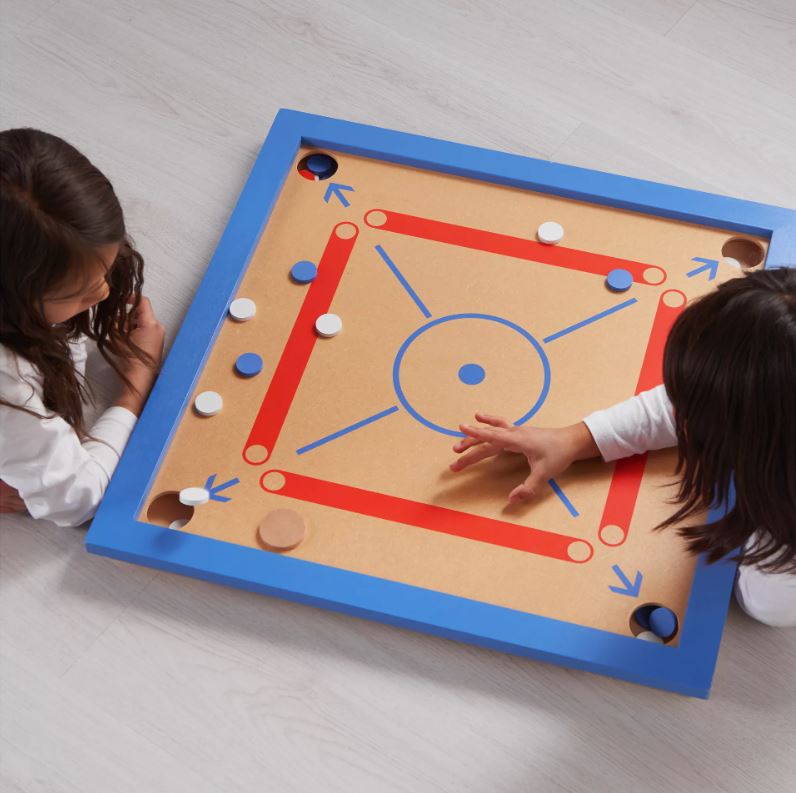
Carrom is a tabletop game that originated from the Indian subcontinent and has become a popular pastime in South Asia and beyond. With its simple rules and engaging gameplay, it holds a special place in community centers and family homes.
Overview of Carrom:
- Origins: The game of Carrom is believed to have been invented by the Maharajas of India. It has been played by families in India and surrounding countries for over a century, making its way into various other cultures due to its appeal and simplicity.
- Game Equipment: The game is played on a square wooden board with pockets in each corner. Players use a striker to shoot lightweight wooden disks (carrom men) into the pockets.
- Board Setup: The carrom men are arranged in the center of the board in a circular pattern, with the red queen placed in the middle surrounded by white and black pieces.
Basic Rules of Play:
- Objective: The main goal is to pocket all of your assigned pieces (either white or black), including the red queen, which offers extra points.
- Striking: Players take turns flicking the striker with their fingers to shoot the carrom men into the board’s pockets.
- Scoring: The game typically ends when one player pockets all their pieces and the queen. Points are deducted if a player pockets the striker, and rules may vary regarding the queen’s pocketing.
Cultural Significance and Prevalence in South Asia:
- Community Engagement: Carrom is more than just a game; it’s a cultural activity that strengthens community bonds and brings families together during gatherings and festivals.
- Family Gatherings: In many South Asian homes, playing Carrom is a family tradition, often involving multiple generations which helps in teaching strategic thinking and precision to the younger players.
- Competitive Play: The game also enjoys a competitive scene with clubs and tournaments that are held at regional, national, and international levels, emphasizing its popularity and the skill involved in mastering the game.
Carrom’s appeal lies in its ability to bring people together. It offers a combination of friendly competition and strategic depth, making it a great game for all ages. To master the game, players need to practice aiming and shooting techniques. This provides endless hours of fun and challenge.
Pente: The Modern Classic

Pente, a board game that expertly combines the ancient strategies of Go with the accessible tactics of Connect Four, was invented in 1977 by Gary Gabrel in the United States. This game quickly gained popularity for its simple yet profound strategic gameplay, making it a modern classic loved by players of all skill levels.
The Creation of Pente:
- Origin Story: Gary Gabrel, inspired by the ancient game of Go, developed Pente to be an easier and faster-paced game.
- Initial Popularity: Pente gained popularity after being introduced and sold in a local restaurant in Oklahoma, which soon led to its national and international recognition.
Gameplay Mechanics:
- Board Setup: Pente is played on a grid of 19×19 intersections, similar to Go.
- Objective: Players aim to either align five of their colored stones in a row or capture five pairs of their opponent’s stones.
- Playing Pieces: Each player uses colored stones, one taking black and the other white, placing them on the intersections of the board grid.
- Key Rules:
- Movement: Players alternately place one stone per turn on any empty intersection.
- Captures: Capturing occurs when two adjacent stones are flanked by two opponent stones, removing the captured stones from the board.
- Winning Conditions: Winning can be achieved by either aligning five stones in a row or making five captures.
Strategic Depth and Modern Appeal:
- Combination of Elements: Pente combines the capture tactics of Go with the alignment strategy of Connect Four, offering a unique strategic challenge.
- Appeal Across Ages: Its straightforward rules coupled with strategic depth make Pente appealing to both young learners and seasoned strategists.
- Cultural Impact: Though less known than games like Chess or traditional Go, Pente has a dedicated following and has inspired numerous tournaments and clubs, especially in the United States.
Pente’s innovative blend of classic game mechanics has established its status as a beloved and modern classic in the world of board games. The game offers a compelling mix of tactical and strategic gameplay, making it a must-have for any collection.
The Role of Classic Board Games in Today’s Digital World
In an era dominated by digital distractions, traditional board games such as Go, Chess, and Monopoly are experiencing a revival. These games are not only enjoyable forms of entertainment, but they also serve as essential tools for developing essential life skills and promoting real-world social interaction.
Valuable Life Skills Taught by Traditional Board Games:
- Strategic Planning: Games like Go require players to think several moves ahead, mirroring the strategic planning needed in real-life decisions.
- Patience and Focus: Long gameplay sessions encourage players to develop patience and maintain concentration, valuable skills in a fast-paced world.
- Problem-Solving: Board games often present complex problems that must be solved on the fly, which enhances critical thinking abilities.
Resurgence and Social Benefits:
- Unplugging from Digital: With the rise of digital burnout, more people are turning to board games as a way to disconnect from screens and engage in tactile, interactive entertainment.
- Fostering Social Bonds: Board games create opportunities for face-to-face interaction, helping to strengthen family ties and build friendships outside of digital platforms.
- Educational Tools: Many schools and educational programs incorporate board games as methods to teach mathematics, strategy, and cooperation among students.
Key Reasons for the Popularity of Board Games in the Digital Age:
- Nostalgia: Many adults seek out board games they played as children for nostalgic reasons, introducing them to the next generation.
- Accessibility: Most classic games are easy to learn, making them accessible to people of all ages and backgrounds.
- Affordability: Compared to high-cost digital entertainment systems, board games are generally more affordable and can be played many times without additional expense.
As digital technology continues to become more prevalent in our personal and professional lives, the traditional, tangible nature of classic board games offers a refreshing alternative. These games not only provide entertainment and educational value, but they also promote mental health and social wellbeing by encouraging meaningful interactions and mental stimulation.
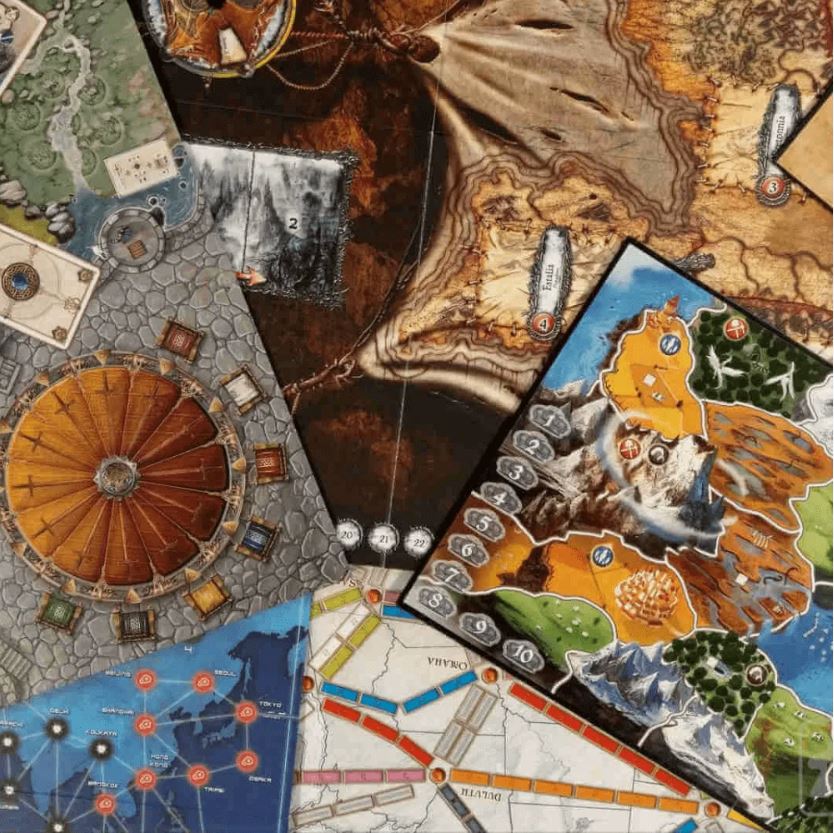
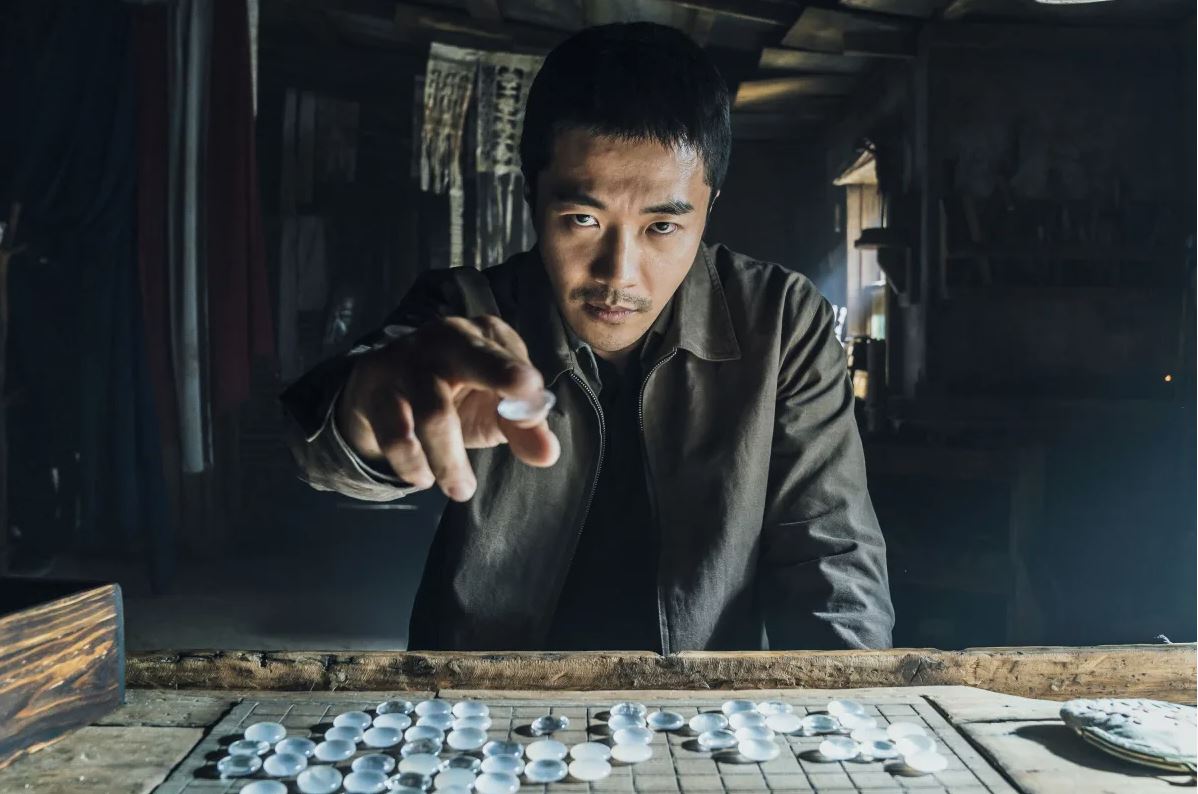

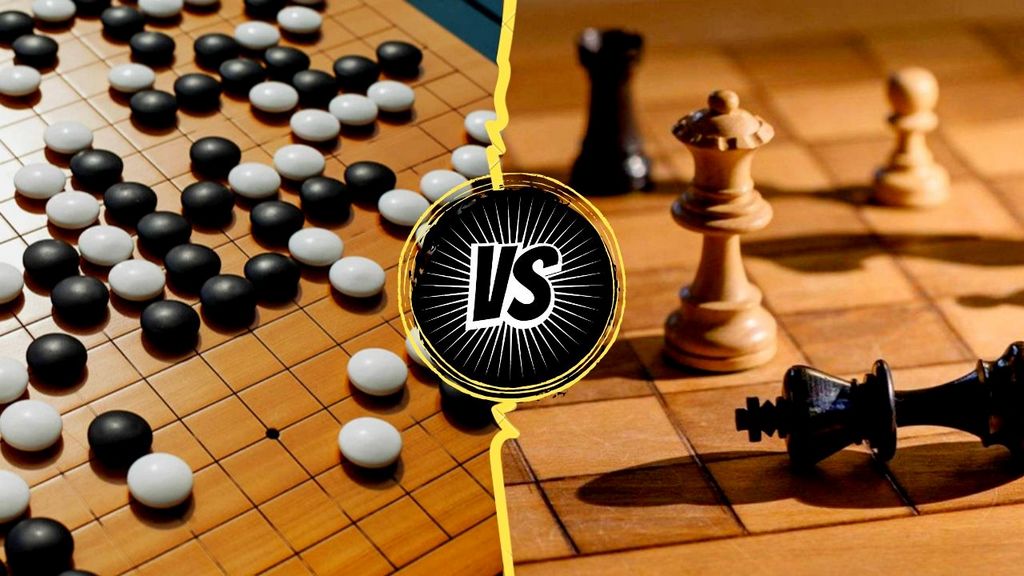
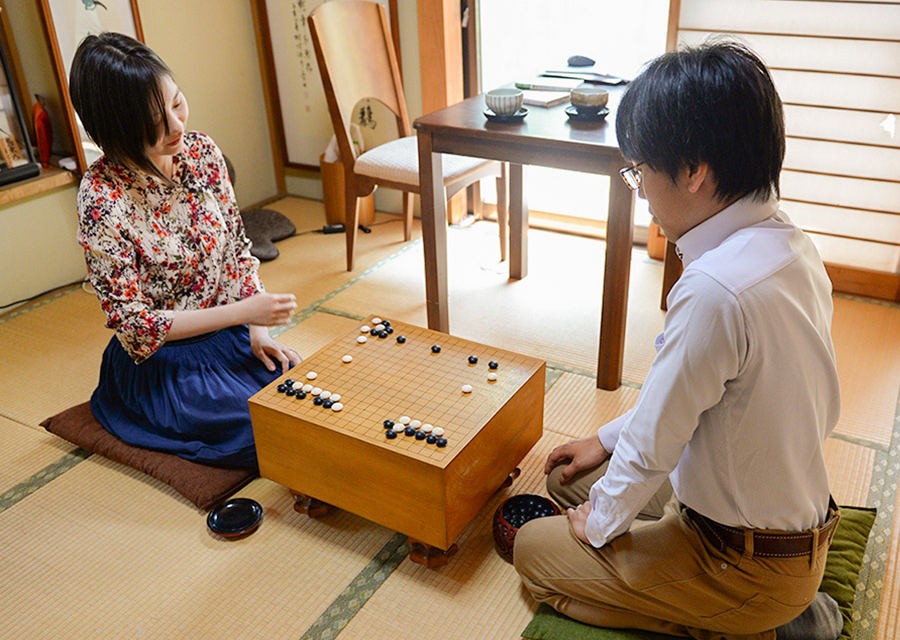
Оставить комментарий